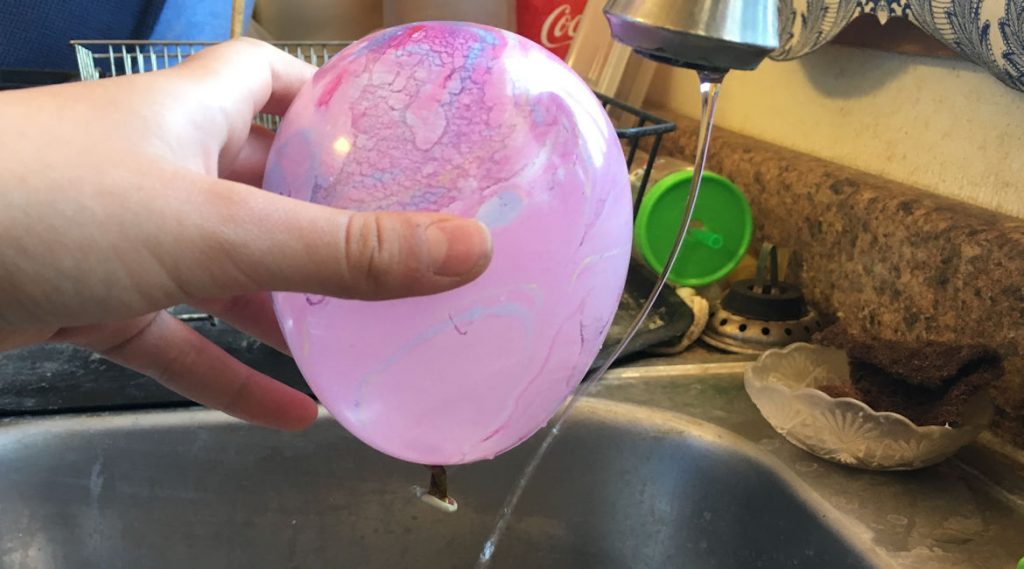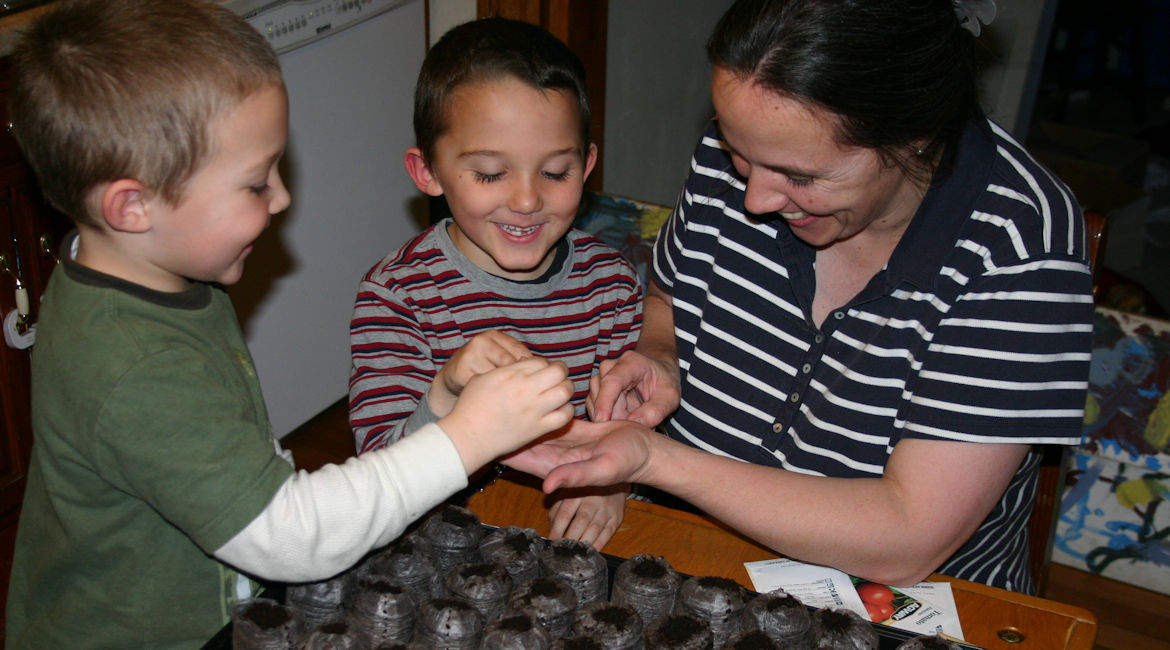It might surprise folks that as a Cornell University graduate with a degree in Chemical Engineering, I had little to no practical, hands-on science experience prior to my graduation. Most of my knowledge of chemistry, physics, biology and the like was out of textbooks. For many reasons, I do not want to repeat that experience for my children. I want science to be real, tied to real things. I’ve already written a post which highlights some very simple ways I have used to introduce my children to science that requires no scientific background at all.
In this post, I turn to the importance of teaching children scientific principles in an organized, practical way. One thing that textbooks are generally good at is systematically teaching you a subject and then building off what you have learned to study new areas of the subject. The problem for most people is that the textbook-approach quickly gets not only difficult, but boring, so most people exit stage left as soon as possible. By contrast, my goal in educating my children is to impart unto them the wonder and awe of learning. If they get that, then they can do almost anything, no matter the subject area.
My wife is the primary educator of our children and, although she is a nurse, she will tell you that she dumped science as soon as she could. She is very diligent, however, when it comes to following the course I have charted for our children. The curriculum we have chosen to use to teach our children science is Aurora Lipper’s Supercharged Science. I sometimes call it, with a somewhat pejorative tone, the All Aurora All the Time Network. On the other hand, I greatly appreciate Aurora’s enthusiasm for science and her down-to-earth, practical exercises and experiments to show children the fundamental principles of physics, chemistry, biology and other sciences. She teaches hands-on science.

We are not far enough into our use of the curriculum to be able to properly report on how we have made it work for our children of diverse ages. If we had started with this curriculum from the outset, I probably would have simply done the experiments without the math for quite some time as a foundation, and then introduced the math later. The children would still be learning the principles, but they would not know the math – which is really the language of science – that goes with it. The good news is that our delay means that our children, even our youngest who is now 8, know much of the math needed to express the fundamental concepts. That’s great because it enables me to work with the data that we are collecting in our exercises and experiments, and digest it with them in ways that show them how the patterns they are observing relate to the mathematical formulas that express the fundamental laws of science that we are studying. That insight may be something easier for me to show my children than it will be for you, but don’t let that discourage you.
My wife and others I know, including many who have high school educations and zero science background, are able to use Aurora’s curriculum and learn right along with their children. (I always tell those who are anxious about their own limitations that all you need to do is stay ahead of your child.) The exercises and experiments in the Supercharged Science curriculum are very easy to do, often using items you already have around your house, and many have videos showing you how to do them. They are all organized either by grade level, or by unit studies. We have chosen to use the unit study approach, which means you will be able to learn particular fundamental laws – e.g. Newton’s Laws of Motion – in a systematic, hands-on way. As you do, the reality that science is all around you will begin to dawn upon you, and science will no longer be such a mystery, but rather a journey of exploration that is both fun and informative. From there, if you or your children want to delve into these subjects in greater depth, it is really no harder than reading the text and doing more of the experiments or exercises.
Literally, anyone can provide a sound science education to their children. Whether your child pursues a career in science or not, those fundamentals will serve your child well, always.

By Steve Atherton




